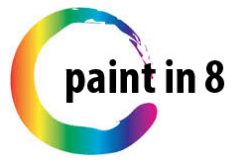For the beginner, oil painting might be a little tricky as you get used to different brush strokes, paint consistencies and textures. Here are a few tips to get you started if you have already mastered the basics of acrylic paints.
Don’t Rush It, But Also Set A Deadline For Completion
It’s easy to overthink your painting techniques and layers when it comes to oil painting. As a painter, when you start to overthink, all the elements you had planned for seem to start falling out of place. The best way is to give a time frame that is restrictive enough that you just go, go, go without overthinking each step. This helps put you in a more focused mindframe to complete an oil painting piece.
Think That Every Stroke Costs Money
For every oil painting work, you may think more strokes the better until the artwork starts to look confusing and sloppy. Think that every stroke you put on the canvas is a cost. If for every stroke the painting costs money, The stroke should be made with purpose. This limits overstrokes that can turn a beautiful artwork into something less on par.
Layers Add Drama
When it comes to most paintings, the layers are what adds to the depth of the painting. So don’t hesitate to paint large shapes and vectors before adding the finer layers of touches. Most beginners tend to over blend to the point the depth and meaning of the object is lost. Take a break and take a step back to see what layers you can circle back to later after the oil has dried off a bit.
